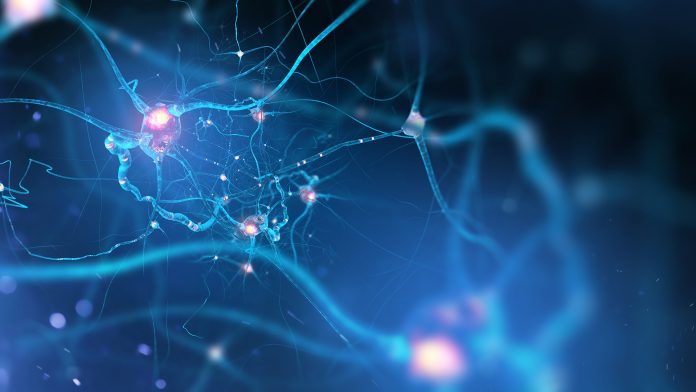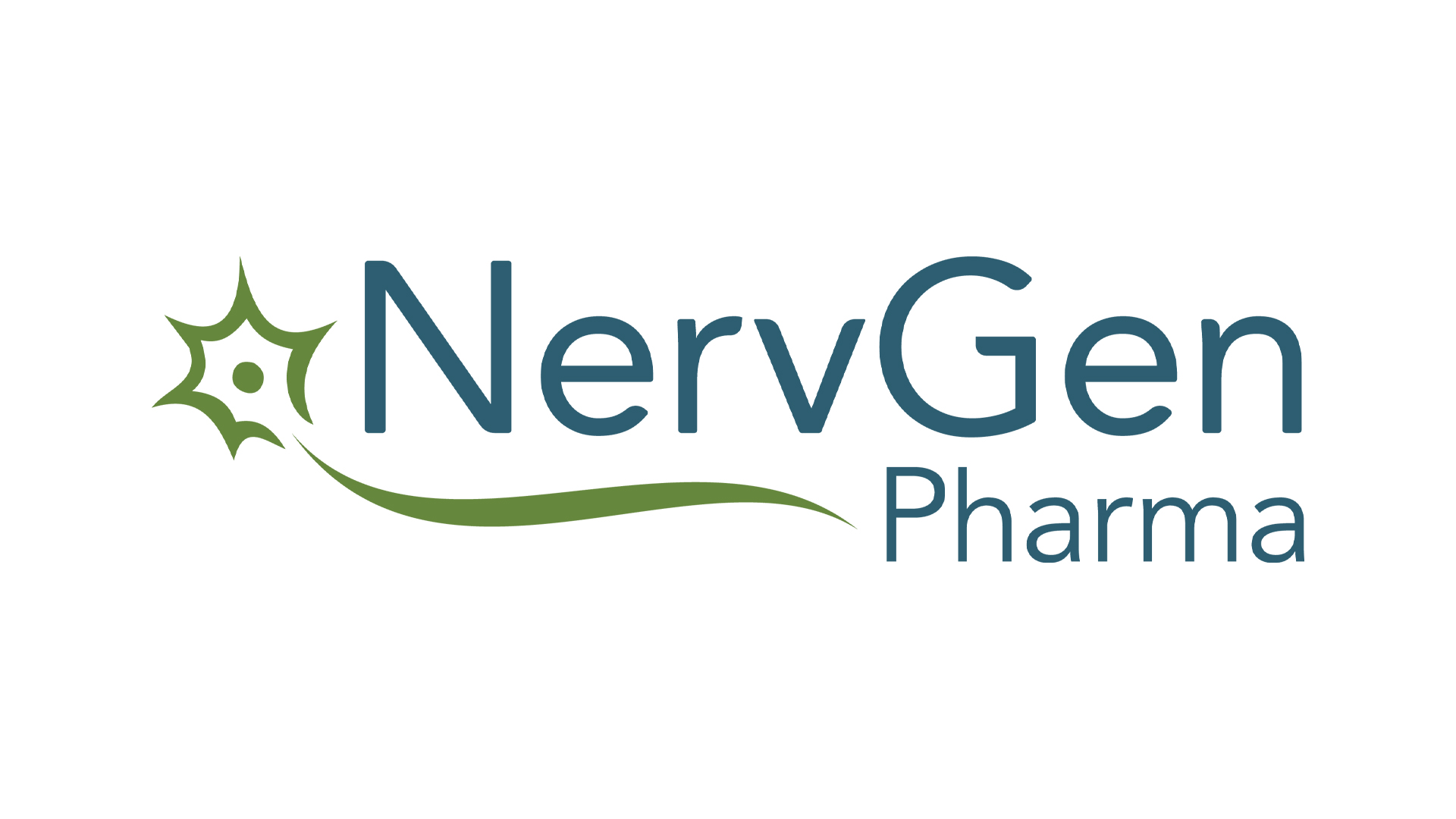
Following the success of its phase I clinical trial, NervGen will initiate a phase Ib/IIa trial as early as Q3 this year to demonstrate the potential of the NVG-291 therapeutic in spinal cord injury patients.
It could be a world first – a drug candidate that can unlock the central nervous system’s (CNS) natural ability to repair itself. Known as NVG-291, this novel experimental compound just overcame a major hurdle that enables it to be now tested for the first time in humans suffering from a spinal cord injury and nervous system damage.
Its Canadian-headquartered developer, NervGen Pharma Corp., has announced its successful completion of dosing of all healthy volunteers in its phase I clinical (safety) trial.
In the phase I trial, healthy subjects were injected daily with this novel compound subcutaneously (under the skin) for up to 14 days. While the safety data from the final cohorts of subjects remains blinded, NervGen has announced that all subjects have completed dosing with NVG-291, and there were no serious adverse events.
Trialling NVG-291 in spinal cord injury patients
Consequently, NervGen plans to initiate a phase Ib/IIa trial in individuals with spinal cord injury as early as Q3 this year. Encouraging results from preclinical studies with NVG-291 have led the company to evaluate two groups of individuals – one with chronic injuries (one to ten years post-injury) and one with subacute injuries (ten to 49 days post-injury).
In preclinical studies, NVG-291 has been demonstrated to promote repair mechanisms in the nervous system, including axonal regeneration, remyelination and enhanced plasticity (which will be explained later in this article).
In terms of the big picture, the potential implications for NVG-291 are especially profound if the upcoming trial in spinal cord injury demonstrates that NVG-291 is effective, in which case the company will pursue a larger trial of NVG-291. If the later-stage trial(s) demonstrate the safety and meaningful efficacy of NVG-291, this could pave the way for a new drug application and eventual commercial approval.
Moreover, success in spinal cord injury may have much broader implications. Suppose NVG-291 can promote the repair of the nervous system in individuals with a spinal cord injury. In that case, it may support testing NVG-291 in other conditions associated with central nervous system damage, including Alzheimer’s disease, multiple sclerosis (MS), and stroke.
In short, NVG-291 is now vying to be the first drug to repair damage to the central nervous system.
An emerging David versus Goliath success story
NVG-291’s unlikely developer is just a small publicly traded life sciences company that has the necessary financial firepower to underwrite phase I and phase II clinical trials. If successful, NervGen can take credit for what could be one of the biggest medical breakthroughs in decades.
For NervGen, it has proved to be a shrewd gamble so far. This is because NVG-291 benefits from several decades of supportive scientific research. During this time, researchers have shown how it can rewire the brain or spinal cord in several animal models – allowing for remarkable recovery of functions such as motor, sensory, bladder, and even cognitive, as was demonstrated in a stroke preclinical study.
Leveraging a solid scientific foundation, NVG-291 results from several decades of research conducted by a renowned neuro-researcher, Dr Jerry Silver, a professor at the Department of Neurosciences, School of Medicine, at Case Western Reserve University.
One of the world’s foremost neuroscience researchers of spinal cord injury, Dr Silver is the recipient of the Ameritec Prize for significant accomplishments toward a cure for paralysis, as well as the Christopher Reeve-Joan Irvine Research Medal (The Reeve-Irvine Medal) for his research into spinal cord injuries.
Dr Silver was the first to identify a class of molecules called chondroitin sulfate proteoglycans (CSPGs) that accumulate at sites of damage to the central nervous system. His brainchild came as a result of his discovery that these CSPGs inhibit the nervous system’s natural ability to repair itself.
It is important to note CSPGs are prevalent at sites of nervous system damage, whether it be the result of a spinal cord injury, stroke, MS, or in the brain of those suffering from Alzheimer’s disease.
By unlocking the secret of how CSPGs inhibit repair, Dr Silver laid the groundwork for creating NVG-291. Not only has this drug candidate been shown to regenerate damaged neurons in animal studies, but it has also been shown to create entirely new connections between neurons, known as ‘plasticity’. In so doing, the remaining neurons can amplify their functionality as much as ten-fold, according to Dr Silver, who expects NVG-291 to produce strong positive results when phase II trials get underway.
Remyelination is another natural healing mechanism that has been observed to result in functional recovery in preclinical studies of NVG-291. MS is a chronic disease in which the immune system attacks myelin (the fatty coating around neurons) in the brain, optic nerves, and spinal cord, impairing signal transmission and potentially resulting in the loss of neurons themselves. Restoring the myelin re-establishes normal nerve conduction and restores functioning.
“If we can prove that we can get NVG-291 into the brain and spinal cord, then it is going to do some magical things. We have already seen that being achieved in our animal models. When we start injecting people, we are hoping to see them actually recover,” said Dr Silver.

A blockbuster drug in the making?
In conclusion, the findings show that NVG-291 has improved function in animals with nervous system damage, such as motor and sensory function (the ability to walk, grasp, and feel objects), as well as respiratory and urinary function.
The key takeaway is that NVG-291 offers new hope to tens of millions of sufferers of neurodegenerative diseases worldwide. This is what excites NervGen’s management team and its advisors.
When asked about having to shoulder such extraordinary hopes and expectations, Dr Silver says he takes heart from his scientific findings and the considerable encouragement that they may offer individuals with spinal cord injuries, as there are currently no drug treatments available to enable any recovery of function.
He states: ‘I believe we can replicate what we have achieved in preclinical studies with laboratory rodents. Especially considering that human beings have surprisingly similar physiologies to these animals. If we can see similar recovery outcomes with humans, that would be remarkable. I am confident that our research shows we are on the right track.’
About the author
Marc Davis has a deep background in the capital markets spanning 30 years, having mostly worked as an analyst and stock market commentator. He is also a longstanding financial journalist. Over the years, his articles have appeared in dozens of digital publications worldwide. They include USA Today, CBS Money Watch, The Times (UK), Investors’ Business Daily, the Financial Post, Reuters, National Post, Google News, Barron’s, China Daily, Huffington Post, AOL, City A.M. (London), Bloomberg, WallStreetOnline.de (Germany) and the Independent (UK). He has also appeared in business interviews on the BBC, CBC, and SKY TV.
This article is from issue 25 of Health Europa Quarterly. Click here to get your free subscription today.


























